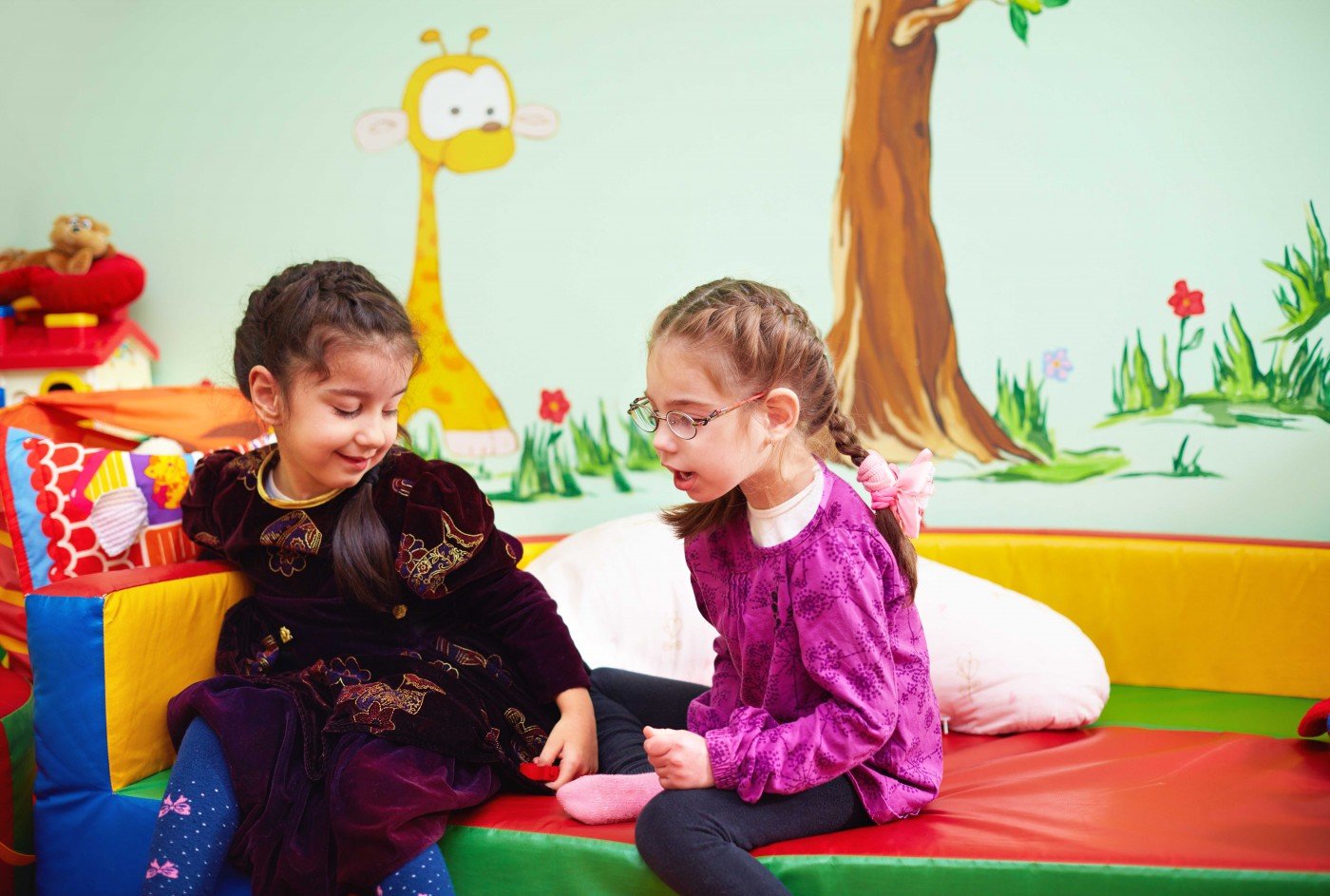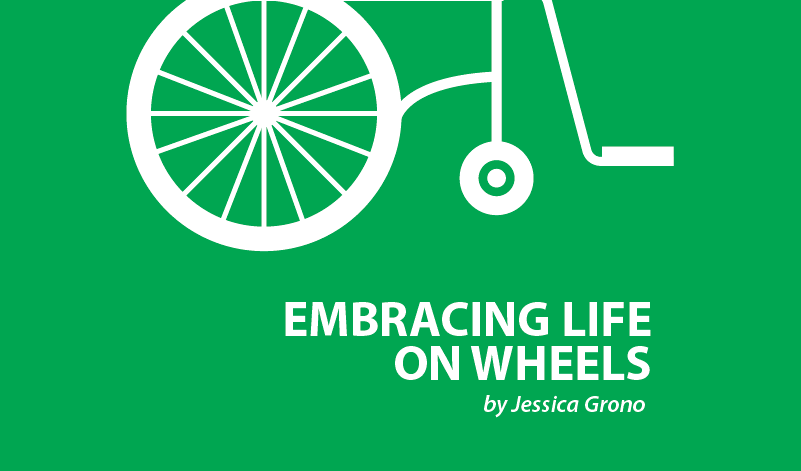8 Activities for Your Preschooler with Cerebral Palsy


Preschool-age children are so much fun and their little minds race at full-blast. When a child has cerebral palsy, the fun doesn’t need to stop. In fact, children with cerebral palsy often need stimulation more than someone without it. Love, time, and creativity always go far.
Being the parent of a child with cerebral palsy can leave you searching for ideas to help your son or daughter. I compiled a list of ideas that can help you with your child as soon as possible. My main bit of advice is to use trial and error. Sometimes what doesn’t work one day will work the next day, week, or month. It can take a while to get the muscles and the brain working together. Have patience, flexibility, and commitment to make this process enjoyable for both of you.
1. Toys with a variety of colors and shapes: Children usually like bright colors and big shapes. Sometimes with cerebral palsy brightness can make our muscles tighten up. So, have toys and pictures with a variety of colors, shapes, and sizes to try to avoid overstimulation.
2. Music: Music also is wonderful, and you should use it generously. Music is not only good for the mind but also to stimulate speech and communication. Encourage children to move with the music. For example, stomp their feet, clap their hands, and let them dance in any way they can. You can encourage them to dance while in their wheelchairs or with whatever mobility device is needed. Loud or sudden music often overstimulates muscle tone, so keep that in mind when you work with music with your child.
3. Sorting games: Sorting games are good for gross and fine motor control. I recommend that you play sorting games on a regular basis because the repetitive motion of muscles helps teach the brain and muscles to work together. Have them sort colored paper clips that are colorful and big enough for them to pick up. For example, have them put blue ones in a basket on the right and red ones on the left. Make sure that whatever the item, they can grab it and manipulate it in a relaxed manner. Don’t overwhelm them with a large quantity. The key is to keep it as fun as possible.
4. Teamwork: Working as part of a team boosts self-esteem no matter the age. If you have your child work with other children, he or she will be very happy. Rolling a ball back and forth and kicking it, and tug-of-war are some examples. Try to keep the mood upbeat and fun so no one feels discouraged.
5. Arts and crafts: Arts and crafts are excellent for any preschooler. With a child who has cerebral palsy, all you need to do is keep it real for their needs. Most everything can be adapted, and you can use teamwork to accomplish a task. Cutting, beads on a string, coloring, and painting are great for motor skills. Remember not to do the project for them. Let them do what they can.
6. Water activities: Water play also is great fun. Splashing, pouring cups, playing with a water table, and anything water-related are good physical and mental activities. Take your child swimming any opportunity you have. Swimming isn’t just fun, it also will strengthen muscles.
7. Going outdoors: Go for walks and talk about what you see, hear, and feel. Always encourage speech and dialogue. Go to playgrounds and let your kids do whatever they can. Accessible or fully inclusive playgrounds are growing throughout communities. Ask around or do a Google search for one close to your area.
8. Technology: Use technology such as a computer or tablet with fun, age-appropriate applications. Chances are that technology is going to play a very important role in their lives, so getting them used to it early is helpful.
Any time you can devote to your child is extremely valuable. Activities that keep them moving, reading, and stimulating their minds are brilliant to use. Give them an abundance of love and room to grow. These are the main things preschoolers need, no matter their abilities.
***
Note: Cerebral Palsy News Today is strictly a news and information website about the disease. It does not provide medical advice, diagnosis, or treatment. This content is not intended to be a substitute for professional medical advice, diagnosis, or treatment. Always seek the advice of your physician or other qualified health provider with any questions you may have regarding a medical condition. Never disregard professional medical advice or delay in seeking it because of something you have read on this website. The opinions expressed in this column are not those of Cerebral Palsy News Today or its parent company, BioNews Services, and are intended to spark discussion about issues pertaining to cerebral palsy.



Leave a comment
Fill in the required fields to post. Your email address will not be published.